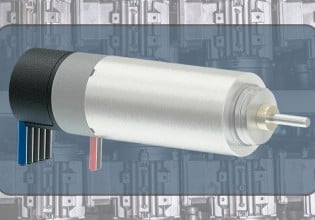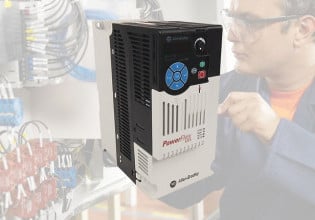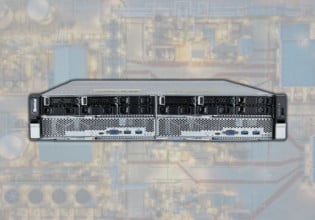Liquatite Flexible Food-Grade Conduits from Electri-Flex are Now Antimicrobial
Electri-Flex announced the release of their latest food-grade conduit for use in the food and pharmaceuticals industry.
Electri-Flex Liquatite Conduits
Electri-Flex is a company specializing in developing and manufacturing electrical conduits for industrial applications. The company started in 1965 and has over 65 years of experience in conduit design and produces over 50 varieties of flexible electrical conduit.
Depending on the application, Electri-Flex conduit can exhibit a wide variety of features, including zero-halogen, food-grade, electromagnetic interference (EMI) shielding, corrosion-resistant, and extreme temperature range. Conduits provided by Electri-Flex also include armored cables for mechanical abrasive environments, and others include unjacketed conduits.
Electri-Flex Announces Antimicrobial Conduit
Electri-Flex announced that it has improved its food-grade conduits range—the LAFG and LSSFG—by integrating antimicrobial capabilities. By permeating the PVC jacket with antimicrobial compounds, the conduit provides a surface that fungus, bacteria, and viruses cannot grow or spread on.
This means that if the conduit gets into contact with consumables (i.e., food and liquids), then there is little risk of contaminant spread. The use of the antimicrobial compounds allows the conduit surface to reduce microorganisms such as E. coli, listeria, and salmonella over 24 hours.
The food-grade conduit also utilizes a blue PVC sheath, which provides several advantages. The first is that the color blue is universally accepted as indicating a food-grade surface. Engineers using the conduit during installation should recognize that the conduit is suitable for the area.
Using a blue conduit also makes it easily identifiable during maintenance. The blue sheath also allows engineers to track down problems if the conduit is damaged and pieces of the sheath end up in a food product.
The two new conduits also extended their temperature ranges from -30°C to 105°C. This extended temperature range allows the conduit to be used in most environments concerned with food production. The extended temperature range allows the conduit to be cleaned in heated environments (such as hot water and steam), which is essential to sterilizing. The conduits are also resistant to bleach wash-downs frequently used for sterilizing.

Electri-Flex Liquatite food-grade antimicrobial conduits. Image courtesy of Electri-Flex.
The LAFG conduit is UL-listed and certified as a heavy-duty flexible steel conduit. Such a conduit is fit for environments experiencing vibration and motion or mild acids.
The LSSFG conduit is a non-UL-listed conduit that also uses stainless steel as the core material. Like the LAFG, this conduit can be used in environments experiencing vibration and motion or mild acids. The sheath material used in both conduits is FDA approved for use in the food industry.
Antimicrobial Surfaces Versus Pandemics
The COVID-19 pandemic has sent shockwaves through the global community, with many losing jobs, companies closing down, and some getting rich thanks to cryptocurrencies. However, ensuring basic services such as food production continue is essential.
During a pandemic where the virus is highly transmissible, ensuring that employees wear appropriate PPE and follow proper decontamination procedures is imperative. However, equipment used to produce food must also be frequently sterilized as viruses can linger on surfaces for up to 72 hours.
It is not always practical to frequently stop and start food production equipment, and these machines rarely require cleaning during regular operation. For such scenarios, self-cleaning surfaces such as the Electri-Flex conduit can benefit both production and health.
Using a sheath with antimicrobial properties reduces the viruses’ ability to linger on surfaces and continue to contaminate food. Secondly, such surfaces allow food production facilities to minimize downtime by minimizing the number of cleaning cycles.
Should food and beverage manufacturers start implementing more antimicrobial procedures and components?






